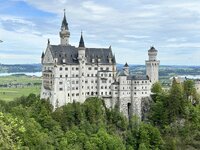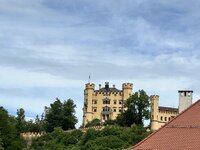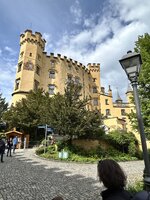- Thread starter
- #401
Lucky13
Forum Mascot
A rarity for Europe – 12th century Reifenstein Castle (or Castel Tasso in Italian) that was never conquered and destroyed. The gloomy medieval fortress is thought to be the best preserved in Italy's South Tyrol. From the 16th to early 19th century the castle belonged to the Teutonic order, when it was disbanded the castle was given to the Thurn and Taxis counts whose descendants still own it today (current head of the house is $1.6bn worth). The mighty fortress began as a square tower that was encircled by a wall. It was later supplemented with a palace where the residents moved from the keep. The castle stands on a hill over a plain that used to be a swamp. It now even hosts a tiny airport. The castle is famous for its authentic medieval interiors, it still has the original kitchen, bathroom and medieval sleeping bunks.
Photo: @thephotog.raphi




